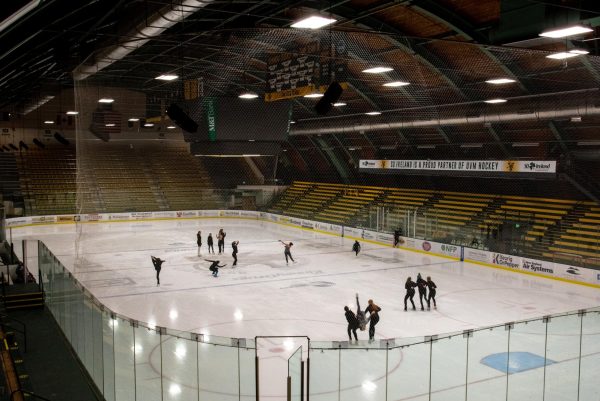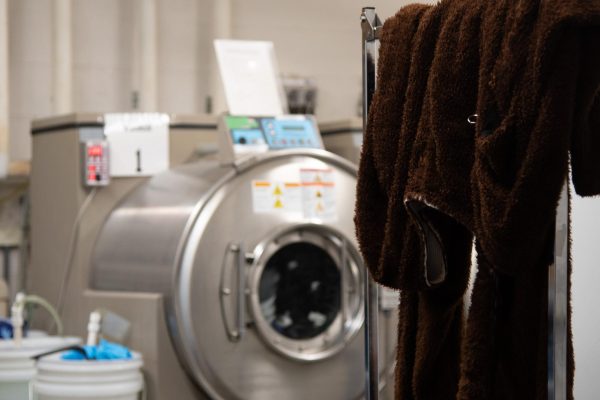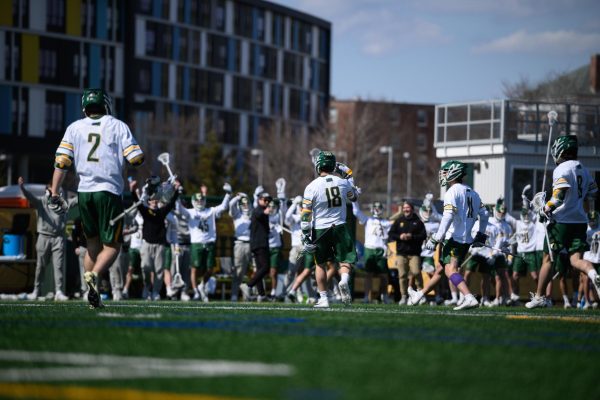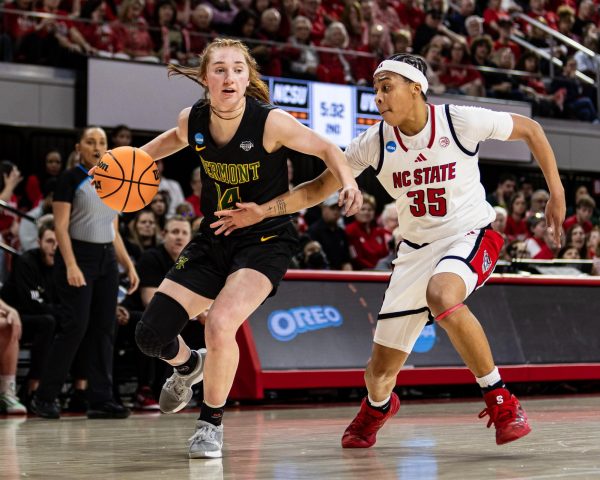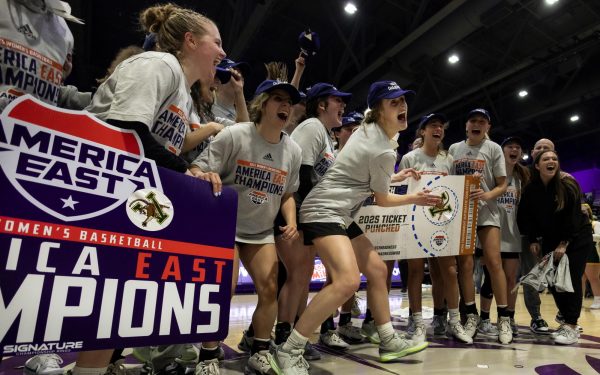Coaches talk recruitment
Although UVM varsity athletic programs all aim to recruit players who will represent UVM well, the paths players follow to get to UVM differ from sport to sport.
Different athletic programs have a variety of approaches to reaching players and bringing them home to UVM.
“We travel quite a bit,” assistant men’s soccer coach Rob Dowe said. “We also have a database online and host camps so that players come to us.”
Beyond athleticism and character, Dowe said he looks for players who offer something his team does not already have.
Dowe said he typically begins the recruiting process around the beginning of the player’s junior year in high school.
The whole process ends by the time the recruit is in the second semester of their senior year.
However, women’s lacrosse coach Remington Steele said the recruiting process “has gotten out of hand,” for women’s lacrosse in particular, but also with many other Division I women’s sports.
“We go through [the players’] club coaches most of the time — trying to set up phone calls, see if there’s an interest and answer any questions they may have,” Steele said.
“In the case of a top player, we talk about her fitting into our program,” he said.
As for men’s hockey prospective recruits, the decision to play for junior professional leagues and lose their NCAA eligibility comes around the age of 14 or 15, according to Kevin Sneddon, head coach of the men’s ice hockey team.
The Major Junior League is in the Canadian Hockey League and is also considered semi-professional.
Thus, players who play in this league give up college hockey eligibility.
“At 14 and 15 years old, these players are making life decisions about losing or keeping their eligibility to play in college many years later,” Sneddon said.
Because of this, recruiting has become much more rushed.
Most of his players now only take one or two official visits, he said.
“A lot of kids are making decisions about sports as sophomores and juniors now, so official visits are becoming less popular because those can’t happen until senior year,” Sneddon said.
“It used to be unheard of if you didn’t [officially] visit a school five or so times,” he said.
Sneddon said he usually begins tracking a player at about 15 years old, after attending different tournaments all across North America.
Younger prospects typically make unofficial visits to universities until the league rules allow for weekly phone calls and meetings.
Sophomore forward Conor O’Neil was first approached by associate head coach Kyle Wallack during his final junior hockey season with the New Jersey Hitmen.
O’Neil played five years of junior hockey until his head coach at the time informed him of an offer to play college hockey for UVM.
“But for me, it didn’t take much convincing,” he said. “Having knowledge about such a historic school like UVM already made it a no-brainer.”
Different sports bring various players along on each of their different recruiting trails.


